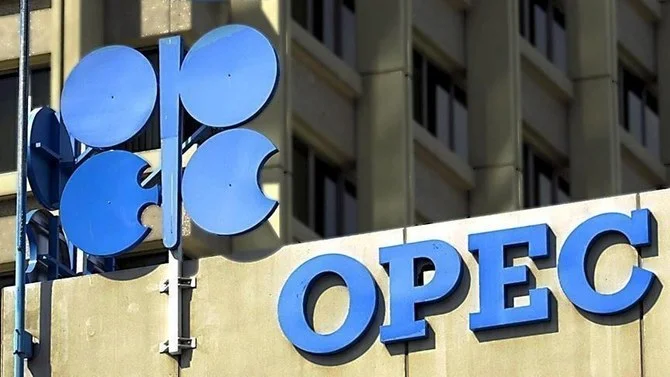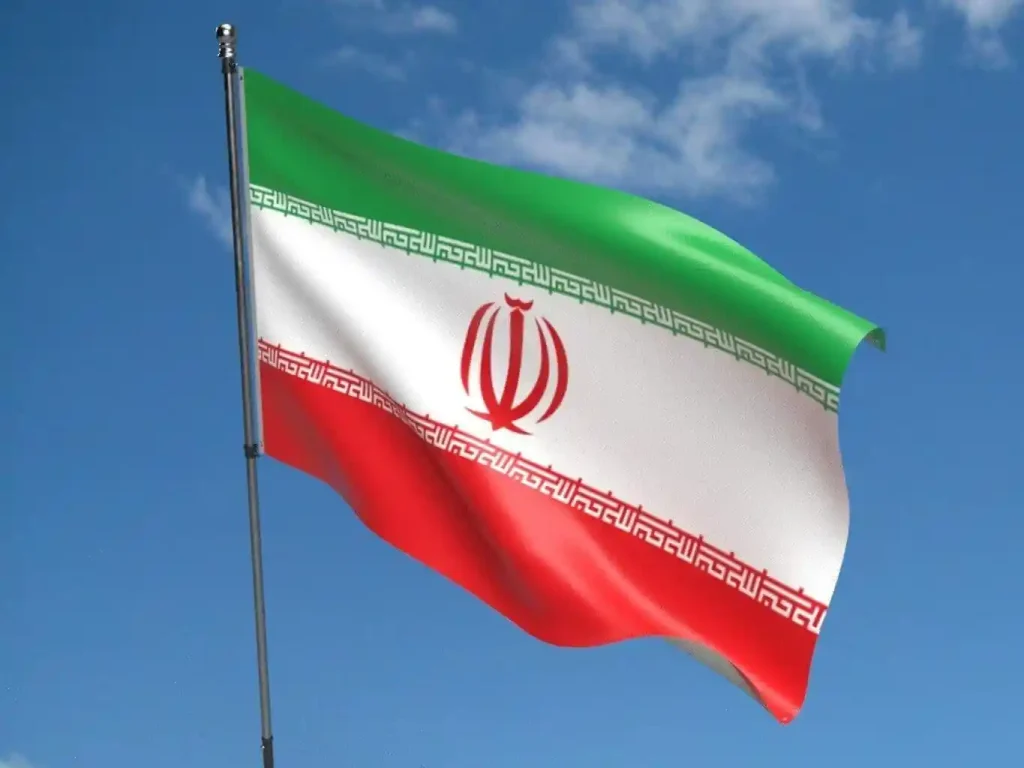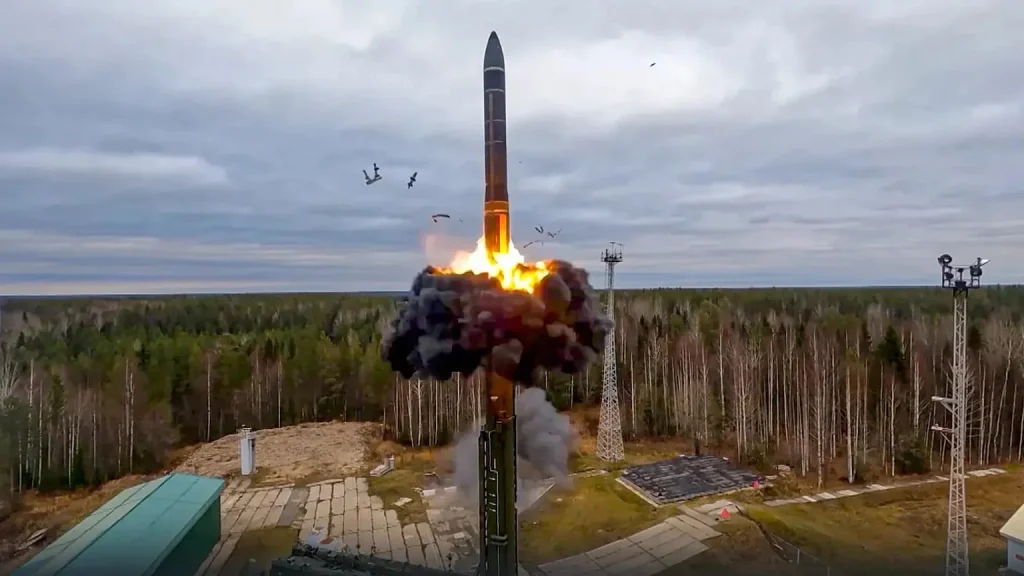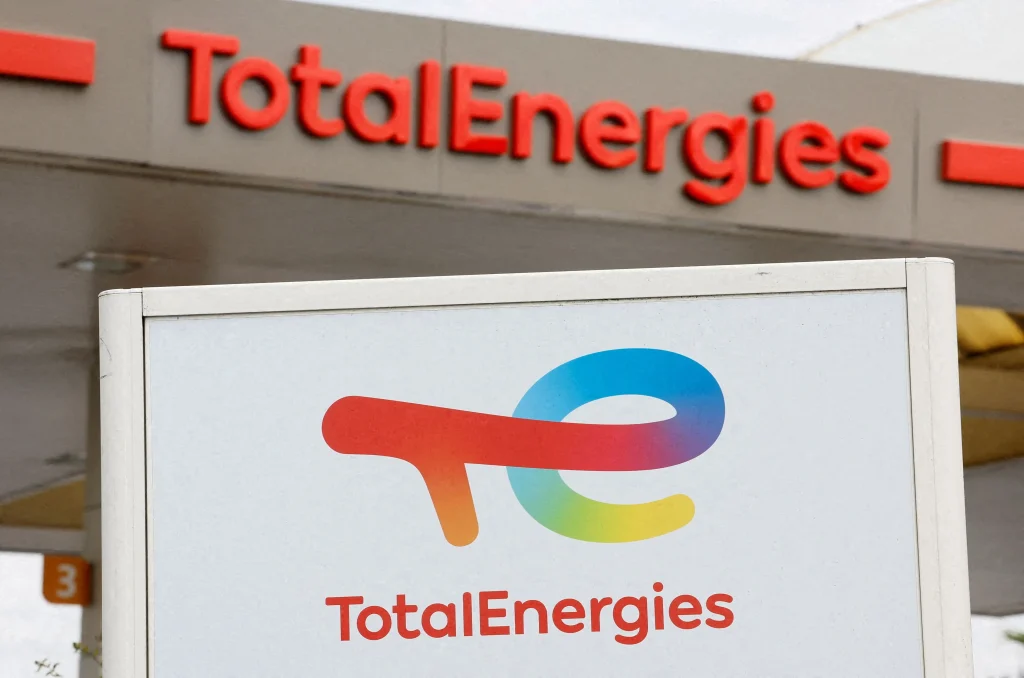The Organization of the Petroleum Exporting Countries (OPEC) on Tuesday, July 15, 2025, projected a stronger-than-anticipated global economic performance for the latter half of the year, despite ongoing trade disputes.
In its monthly report, OPEC maintained its 2025 and 2026 oil demand growth forecasts, unchanged since April adjustments, citing a resilient economic landscape.
The organization highlighted robust growth in India, China, and Brazil, alongside a recovery in the United States and Eurozone, suggesting a brighter outlook for the second half of 2025.
Market and Production Dynamics
This optimism supports OPEC+—comprising OPEC and allies like Russia—in its strategy to increase production.
On July 5, OPEC+ agreed to boost output by 548,000 barrels per day (bpd) in August, the first meeting since oil prices fluctuated following Israeli and U.S. actions against Iran.
Despite this hike and U.S. President Donald Trump’s 50-day ultimatum for Russia to end the Ukraine conflict, oil prices have held steady near $69 per barrel for Brent crude, buoyed by seasonal demand.
OPEC noted a significant 2.1 million bpd rise in global refinery crude intake in June, signaling a robust market as refineries resume operations post-maintenance.
Demand and Refinery Trends
OPEC expects refinery throughput to remain high, particularly in the U.S., to meet rising summer travel demand for gasoline, jet fuel, and residual fuels.
This aligns with recent forecasts from the International Energy Agency, which acknowledged a tighter market despite lower demand predictions.
OPEC’s bullish stance contrasts with some industry views, attributing its outlook to a slower energy transition pace.
The report also detailed June OPEC+ production at 41.56 million bpd, up 349,000 bpd from May, though below the 411,000 bpd quota increase, as some members like Iraq reduced output to offset past overproduction.
Regional Highlights
Kazakhstan’s output rose by 64,000 bpd to 1.847 million bpd in June, exceeding its quota despite earlier declines, drawing scrutiny for compliance.
This production trend, alongside OPEC’s confidence in economic resilience, suggests a strategic push to reclaim market share while balancing supply and demand pressures.























